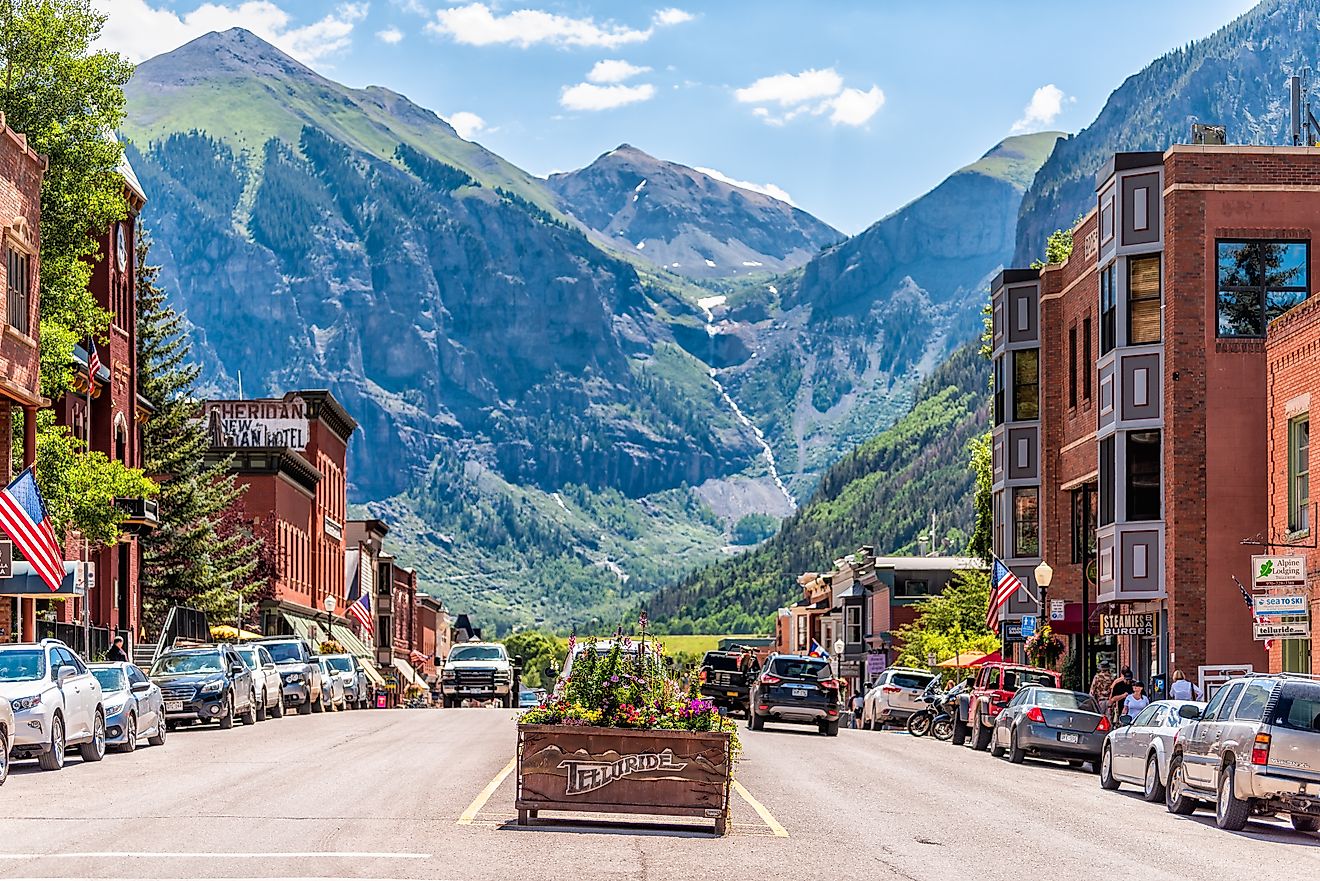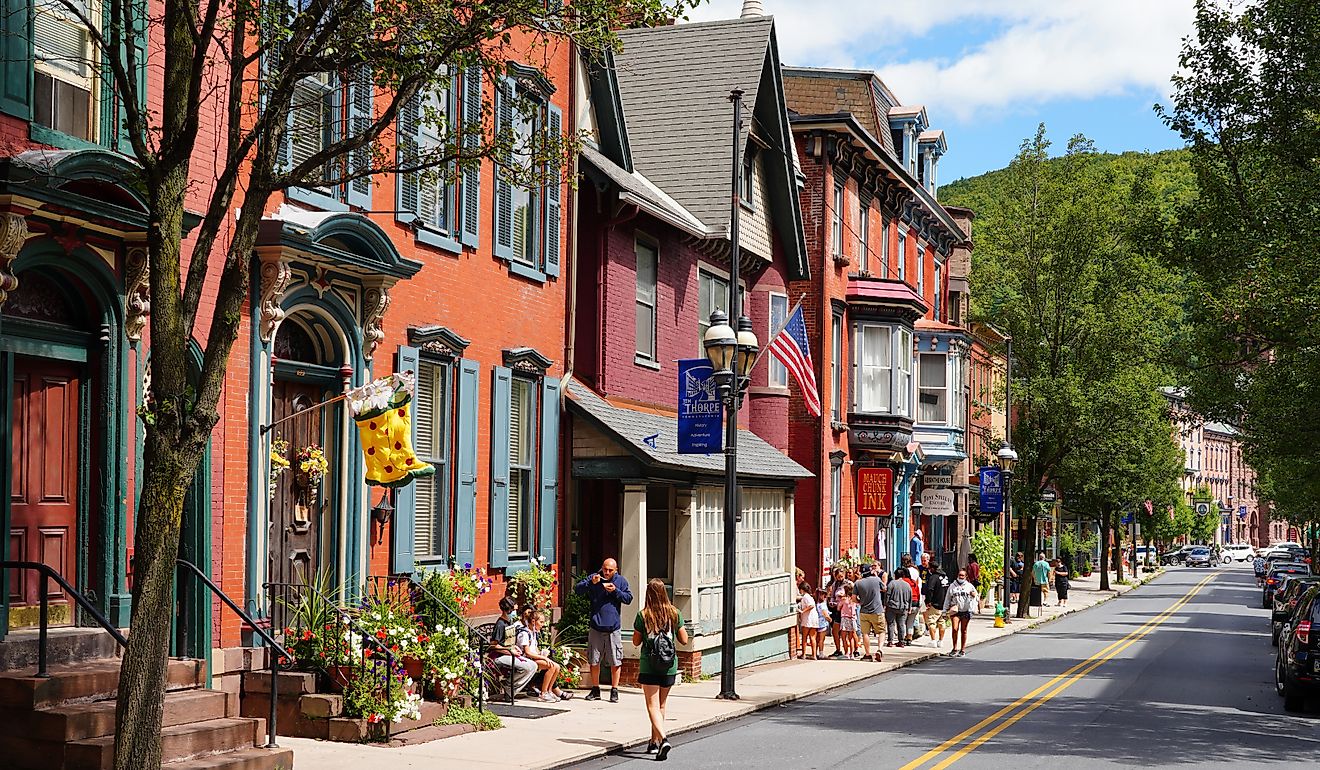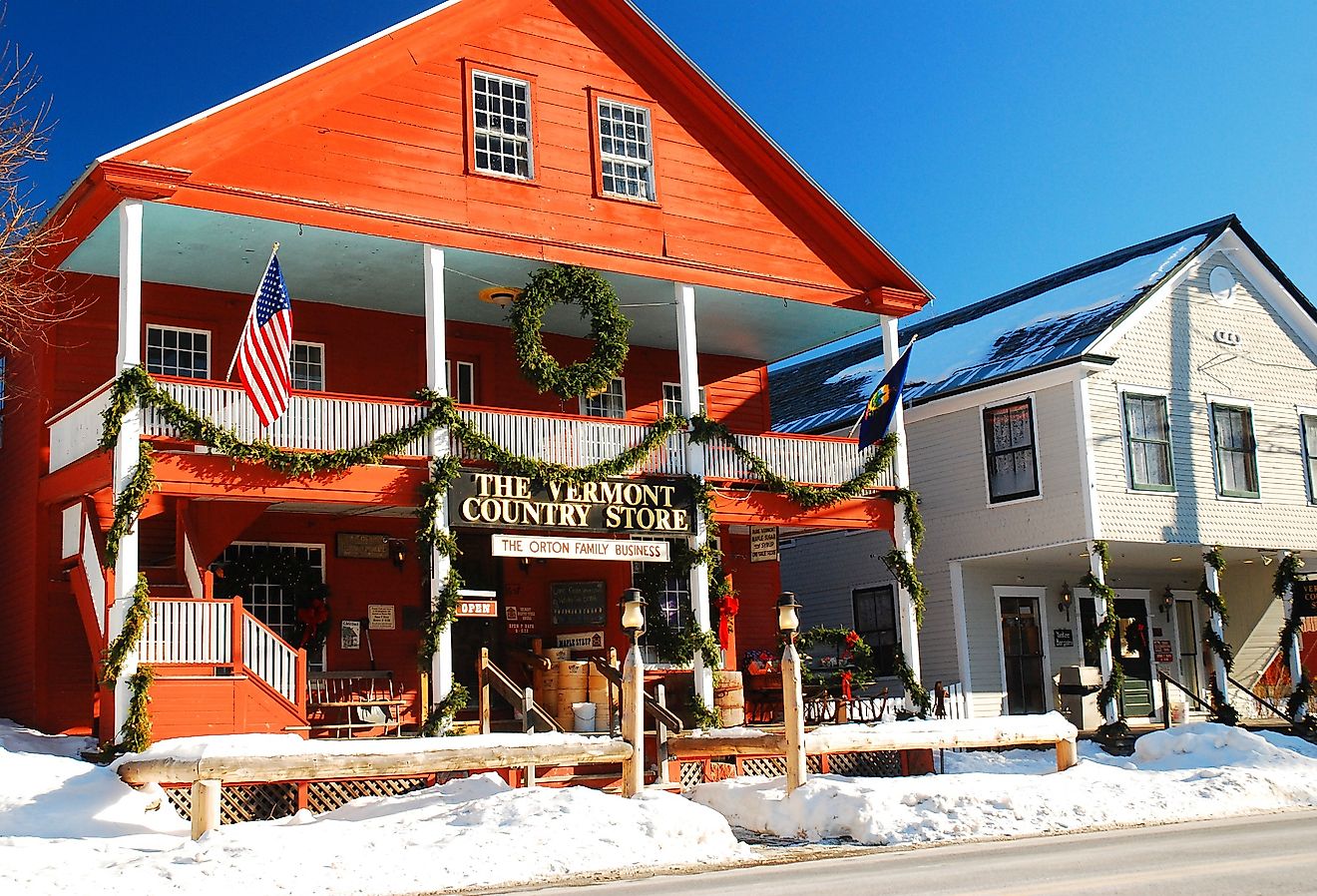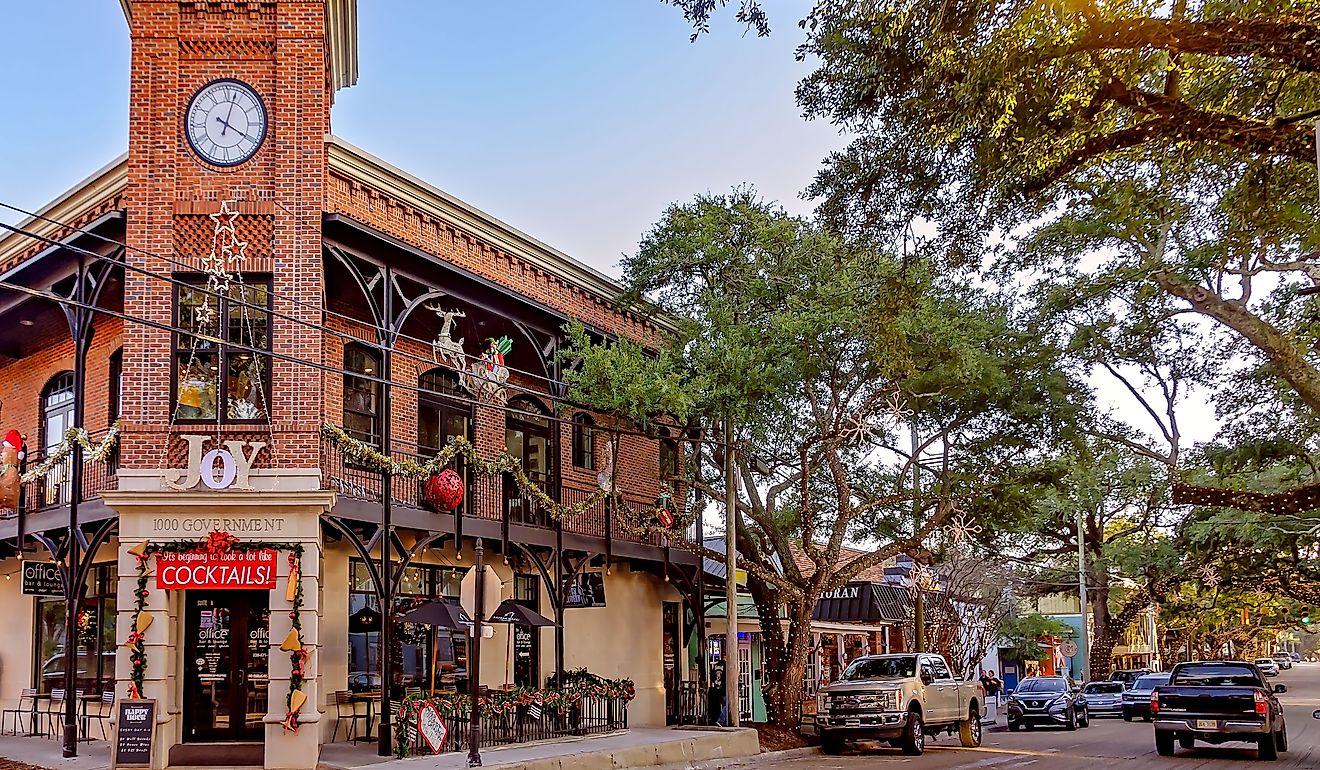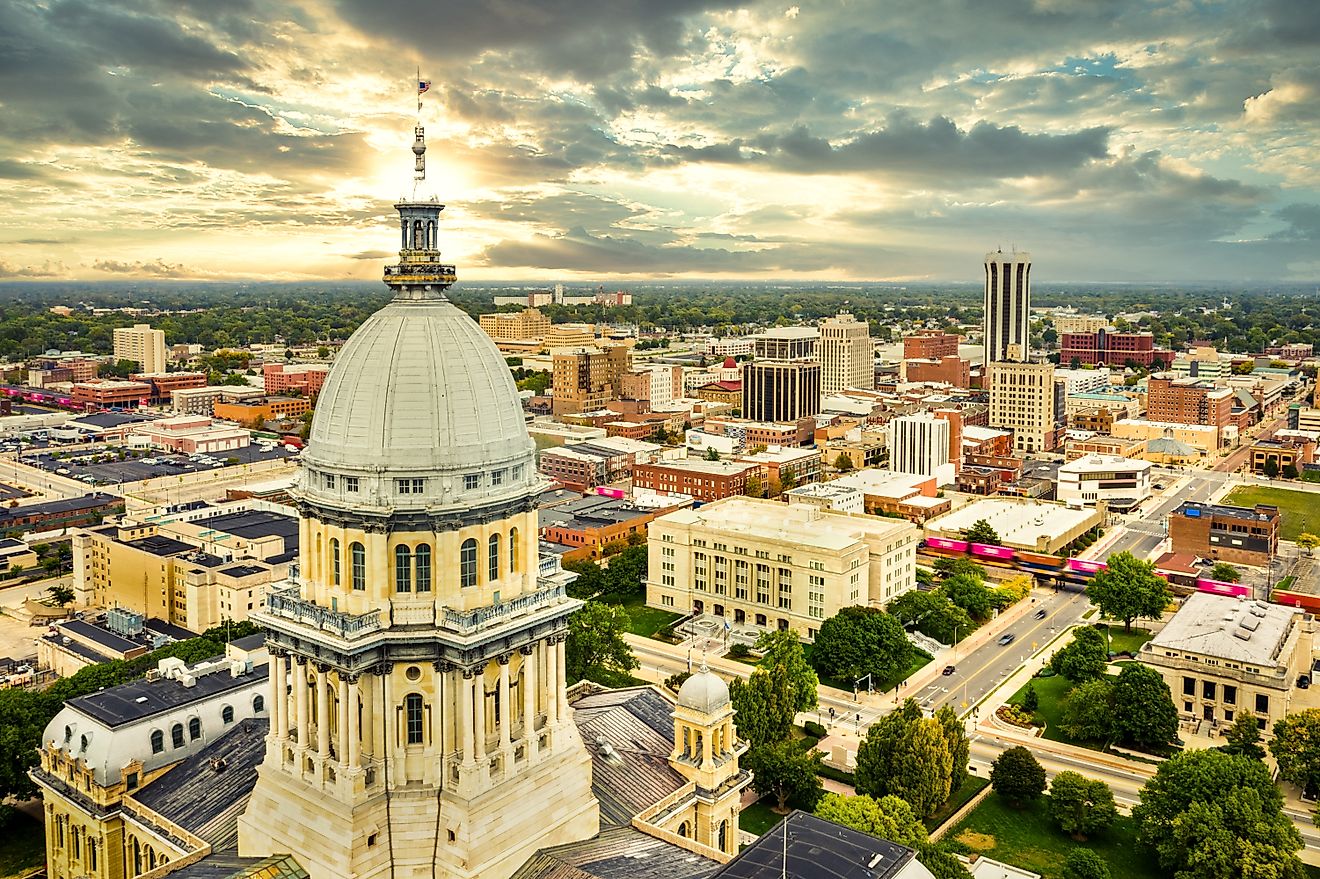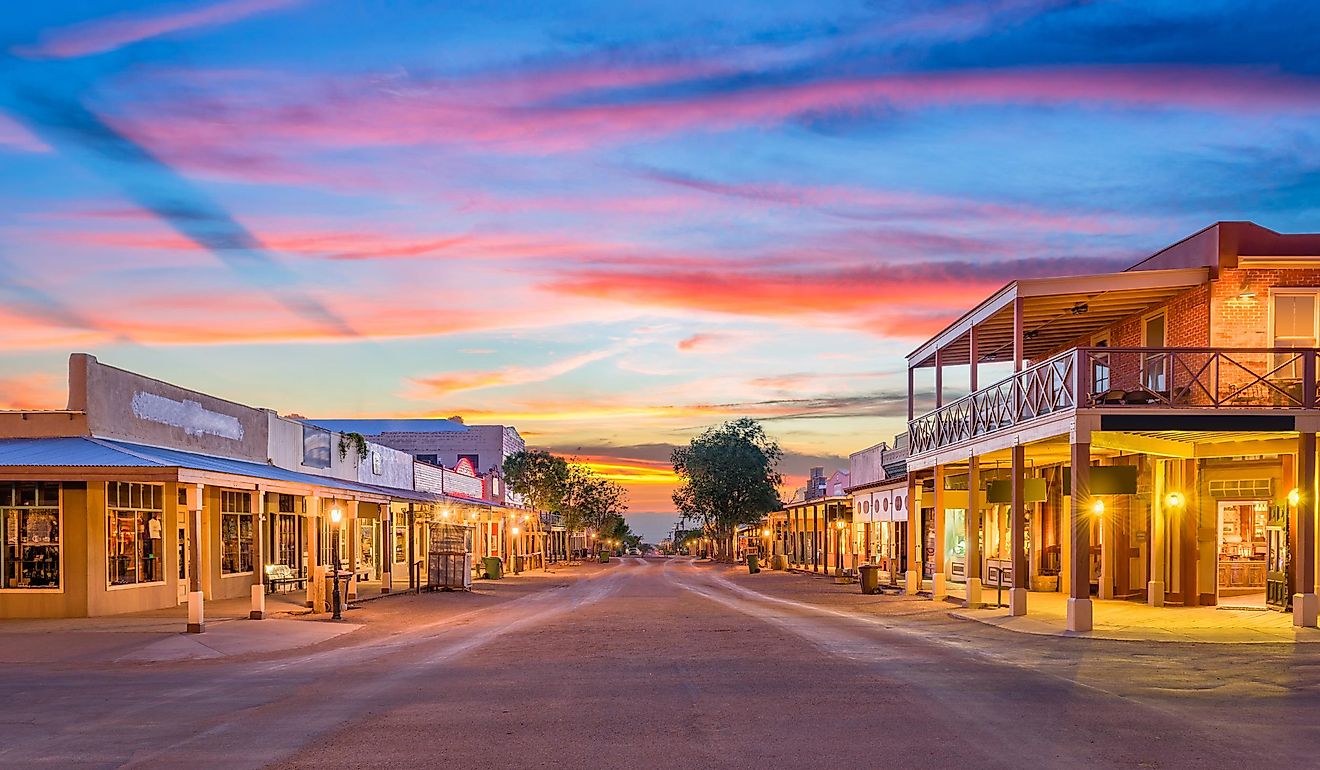Gondwana Rainforests

- The Gondwana Rainforests remain one of the oldest vegetation types in Australia and provide a link to the continent’s past.
- The Gondwana Rainforests have some of the largest areas of subtropical rainforest globally, covering over 905,000 acres.
- Climate change is one of the biggest threats to the Gondwana Rainforests as it can exacerbate other threats such as fires and invasive species.
The Gondwana Rainforests of Australia is a UNESCO World Heritage site that is rich in history and biodiversity. The location comprises 41 national parks and reserves in Queensland and New South Wales, ranging from 25 acres to almost 250,000 acres. More than 200 rare or threatened species live in the forests. The area’s significance in terms of history and wildlife species has been compared to the Galapagos Islands.

What makes the rainforests unique are the plants and animals that have remained relatively unchanged from their ancestors. UNESCO inscribed the Gondwana Rainforests in 1986 to include the rainforests in New South Wales and expanded in 1994 to cover the rainforests in Queensland. The World Heritage Site has over 50 protected areas, many of which are national parks.
What Is The Gondwana Rainforest?

The Gondwana Rainforests are located primarily along the Great Escarpment on the east coast of Australia, in rainforests located in southeast Queensland and northeast New South Wales. The Gondwana Rainforests have some of the largest areas of subtropical rainforest globally. The site covers over 905,000 acres, with nearly 150,000 acres in Queensland, which include Lamington, Springbrook, Mount Barney, and Main Range National Parks.
Gondwana Rainforest History
In the ancient southern supercontinent of Gondwana, rainforests once covered most of the area. This supercontinent was a giant landmass made up of what is now Africa, Antarctica, Australia, South America, the Arabian Peninsula, and the Indian subcontinent. Over millions of years, various geological and environmental factors impacted the forest communities that grew in the Gondwana Rainforests, and this process will continue to alter the forest’s makeup.

The Gondwana Rainforests remain one of the oldest vegetation types in Australia and provide a link to the continent’s past. These vegetations are similar to those that once covered ancient Gondwana. According to fossil records, many of its living species remain relatively unchanged from the ancient species. For example, the forests have fern families that date back 300 to 400 million years and conifer species that can be traced back to 100 million years ago. Similarly, experts discovered that animals such as Chelidae turtles and angle-headed dragons are descended from species that lived during Gondwana’s breakup millions of years ago. The forests’ lyrebirds and bowerbirds are some of the world’s oldest species.
When Australia separated from Antarctica millions of years ago and drifted north, its climate became more arid, and grassland replaced most of the rainforest on the continent. The remaining rainforests form a chain along the continent’s Great Escarpment. Today, the rainforests thrive in the high rainfall and rich soils of the Great Dividing Range.
Biodiversity

The Gondwana Rainforests has the most extensive subtropical rainforests in the world and is a biodiversity hotspot with a wide array of unique plants and animals. The site houses many different rainforests, such as warm temperate, cool temperate, subtropical, and dry rainforests. It’s also home to the Antarctic Beech, which are ancient relics of Gondwana and estimated to be between 2,500 to 3,000 years old. These trees grow in the cool temperate rainforests between 1,600 feet and 5,000 feet high in areas such as the Barrington Tops plateau in New South Wales and Springbrook Plateau in southern Queensland.

While rainforests only cover approximately 0.3% of Australia, Gondwana’s subtropical and temperate rainforests contain about half of all Australian native plant species and roughly one-third of the continent’s mammal and bird species. Similarly, approximately 30% of Australian animal species live within these rainforests, including over 30 marsupial species and over 100 reptile species. New species continue to be discovered, including two believed to have been extinct — the Hastings River mouse and Parma Wallaby.
Conservation

As a UNESCO World Heritage Site, the Gondwana Rainforests are heavily protected. The site has many rare and threatened rainforest species that are of significance for science and conservation. It has 41 reserves, with the vast majority located within the protected area. The site provides refuge to over 200 rare or threatened plant and animal species. Dozens of reserves form the Gondwana Rainforests UNESCO World Heritage site. The rainforests were first placed on the UNESCO registry in 1986 before expanding to Queensland and New South Wales. New South Wales houses 28 reserves while Queensland has five.
Threats

The Gondwana Rainforests are under threat from various factors, including climate change, fires, invasive species, and more. While there have been significant management responses to these threats, the volume of threats is still high. In 2020, the International Union for the Conservation of Nature (IUCN) concluded that the rainforests were a “significant concern.” However, three years previously, the IUCN rated is as “good, with some concern.”
Climate change is one of the biggest threats to the Gondwana Rainforests as it can exacerbate other threats such as fires and invasive species. During the spring and summer of 2020, wildfires affected an estimated 51% of the World Heritage site. Fires impacted three locations, including three Queensland and 16 New South Wales reserves. Many regions have fires that burnt into rainforests that had never recorded a fire before and were considered fire-resistant.
The threat of invasive species is another major problem affecting the Gondwana Rainforests. For example, introduced animals include fox, rabbit, goats, and wild dogs. In the Border Ranges National Park, cane toads are increasing in numbers. These invasive animal species impact the reserves through displacement, predation, or competition.
The Gondwana Rainforests in Australia is a UNESCO World Heritage Site, with a diverse number of flora and fauna species, many of which are rare and endemic to the continent. Many species found in the rainforests can be traced back to millions of years ago when the ancient supercontinent Gondwana existed. Today, the UNESCO site faces several threats, such as climate change and forest fires.
